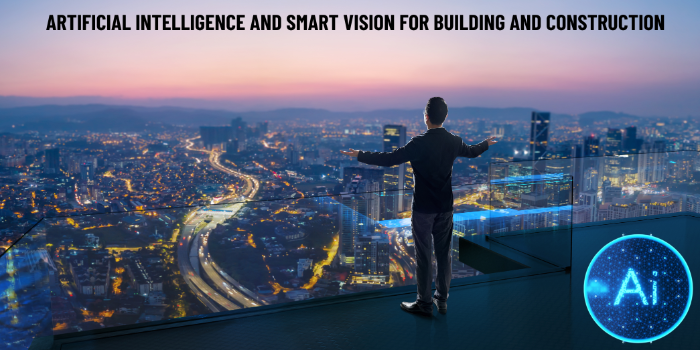
Artificial Intelligence and Smart Vision for Building and Construction
Introduction
Artificial Intelligence (AI) and smart vision technology are changing the construction industry. These technologies are making construction processes faster, safer, and more efficient. From planning to building, AI helps automate tasks and reduce errors. Smart vision tools like drones and cameras provide real-time data to monitor progress and ensure safety on site. Together, these tools improve project outcomes and cut costs. As the demand for smarter, more sustainable construction grows, AI and smart vision will play a bigger role. It’s time for industry leaders to embrace these technologies and stay ahead of the curve.
Understanding AI and Smart Vision in Construction
AI, or Artificial Intelligence, refers to machines and software that can learn, think, and make decisions like humans. In construction, AI is used for tasks such as planning, scheduling, and risk management. It helps analyze large amounts of data quickly, which speeds up decision-making and improves accuracy.

Smart vision technology involves using cameras, sensors, and drones to monitor construction sites. These tools capture real-time images and videos, helping project managers track progress and identify potential safety risks. For example, drones can survey sites faster than humans and access hard-to-reach areas. Cameras and sensors can detect hazards and ensure workers follow safety guidelines.
Together, AI and smart vision help make construction projects safer, more efficient, and more cost-effective. They provide valuable insights that allow teams to adjust plans on the fly, prevent accidents, and optimize resource use. As these technologies advance, their role in construction will only grow, leading to smarter and more sustainable building practices.
The Role of AI in Enhancing Construction Processes
AI is transforming construction by making processes faster, smarter, and safer. One of the key roles AI plays is in planning and scheduling. AI algorithms analyze past project data to predict potential delays and suggest the most efficient timelines. This helps project managers make better decisions and keep projects on track. By optimizing schedules, AI reduces downtime and improves productivity on-site.
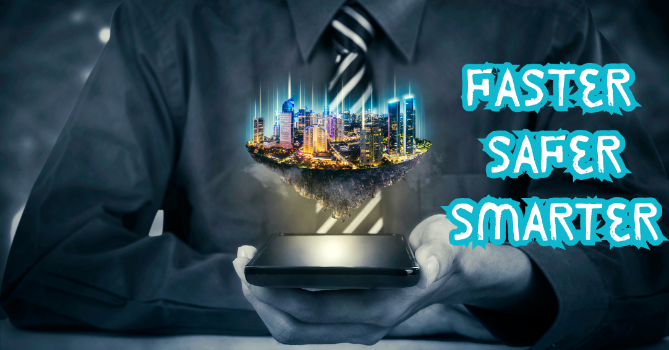
AI also improves quality control. Machine learning models can quickly analyze thousands of images from construction sites to detect defects or issues. This real-time analysis allows teams to address problems early, preventing costly rework and delays. AI-powered tools can also monitor equipment usage and maintenance needs, reducing the risk of breakdowns and extending the lifespan of machinery.
In addition, AI enhances safety management. Predictive analytics can forecast potential safety risks by analyzing data from previous incidents. This helps safety officers implement preventive measures and train workers more effectively. AI can also monitor worker fatigue and alert supervisors to potential safety hazards.
Overall, AI is a game-changer in construction. It streamlines processes, enhances quality and safety, and reduces costs. As the technology continues to evolve, AI’s impact on construction will only increase, driving greater efficiency and innovation in the industry.
Smart Vision: Revolutionizing Site Management and Safety
Smart vision technology is changing how construction sites are managed and kept safe. Using advanced cameras, sensors, and drones, smart vision provides a clear view of the site in real-time. This helps project managers monitor progress, detect issues early, and ensure everything stays on track. For example, drones can quickly survey large areas, capturing detailed images that help identify any potential problems, like structural weaknesses or unsafe working conditions.
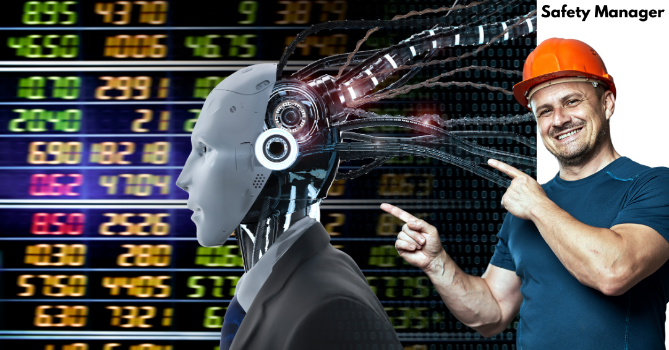
Smart vision also plays a crucial role in improving safety on construction sites. Cameras and sensors can detect unsafe behaviors, such as workers not wearing protective gear or standing too close to dangerous equipment. The system can then send alerts to supervisors, who can take immediate action to prevent accidents. This proactive approach helps reduce injuries and maintain a safe working environment.
By providing a continuous flow of real-time data, smart vision technology makes it easier to manage complex construction projects. It reduces the need for manual inspections and allows for quicker, more informed decision-making. As the technology becomes more sophisticated, its role in site management and safety will continue to grow, leading to smarter and safer construction sites.
Integration of BIM and AI: A New Era of Construction Automation
The integration of Building Information Modeling (BIM) and AI is revolutionizing construction automation. BIM is a digital representation of a building’s physical and functional characteristics. When combined with AI, it becomes a powerful tool for improving design accuracy and collaboration. AI can analyze BIM data to detect potential clashes or errors in the design phase, reducing costly mistakes before construction even begins.
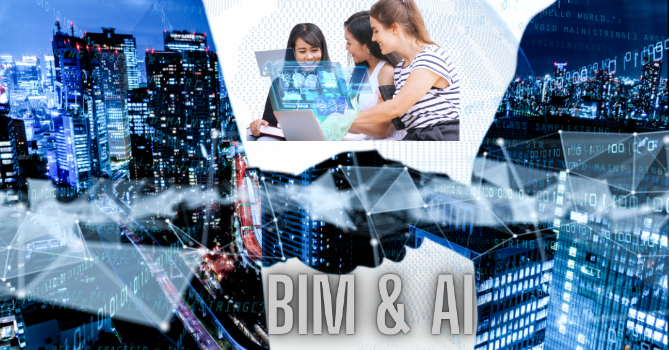
AI-powered BIM models can also automate repetitive tasks, such as quantity take-offs and cost estimation. This speeds up the planning process and helps project managers create more accurate budgets. Additionally, AI can learn from past projects stored in BIM to provide insights and recommendations, improving future project outcomes.
The integration of AI and BIM also enhances communication among teams. Real-time data sharing ensures that everyone—from architects to engineers and contractors—works from the same, up-to-date information. This reduces misunderstandings and increases efficiency.
Overall, combining BIM and AI is paving the way for a new era of construction automation. It brings more precision, reduces errors, and boosts productivity, helping construction companies save time and money while delivering high-quality projects.
Future Trends: AI and Smart Vision in Sustainable Construction
AI and smart vision are set to lead the way in sustainable construction practices. In the future, AI will play a key role in designing energy-efficient buildings. It can analyze data from various sources, like weather patterns and energy usage, to create designs that optimize natural light and reduce energy consumption. This helps in constructing buildings that are not only efficient but also environmentally friendly.
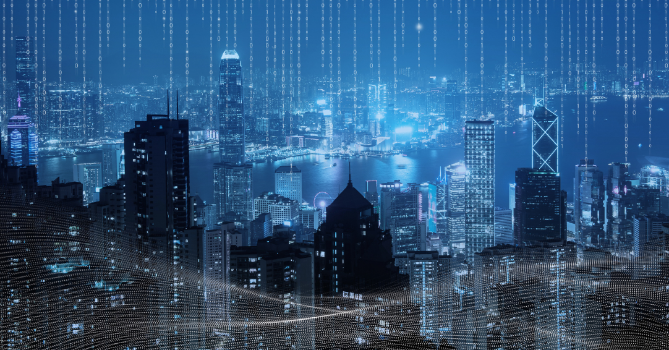
Smart vision technology will also drive sustainability by improving waste management on construction sites. Drones and cameras can monitor materials in real-time, ensuring efficient use and minimizing waste. These technologies can identify recyclable materials and help in sorting waste, reducing the overall environmental impact of construction projects.
AI can further promote sustainability by helping select eco-friendly materials. It can analyze the environmental impact of different options and suggest the best choices for green building projects. As the industry moves toward greener practices, the adoption of AI and smart vision technologies will grow. These tools will help meet sustainability goals, reduce waste, and build a more sustainable future.
Conclusion
AI and smart vision technologies are reshaping the construction industry. They enhance efficiency, improve safety, and support sustainable building practices. From optimizing project planning with AI to ensuring site safety with smart vision, these tools are proving invaluable. The integration of BIM with AI further boosts productivity and reduces errors, paving the way for smarter construction automation. As the industry continues to evolve, embracing these technologies is crucial for staying competitive and meeting the growing demand for sustainable construction. By adopting AI and smart vision, construction companies can build safer, more efficient, and eco-friendly projects, contributing to a more sustainable future for all.